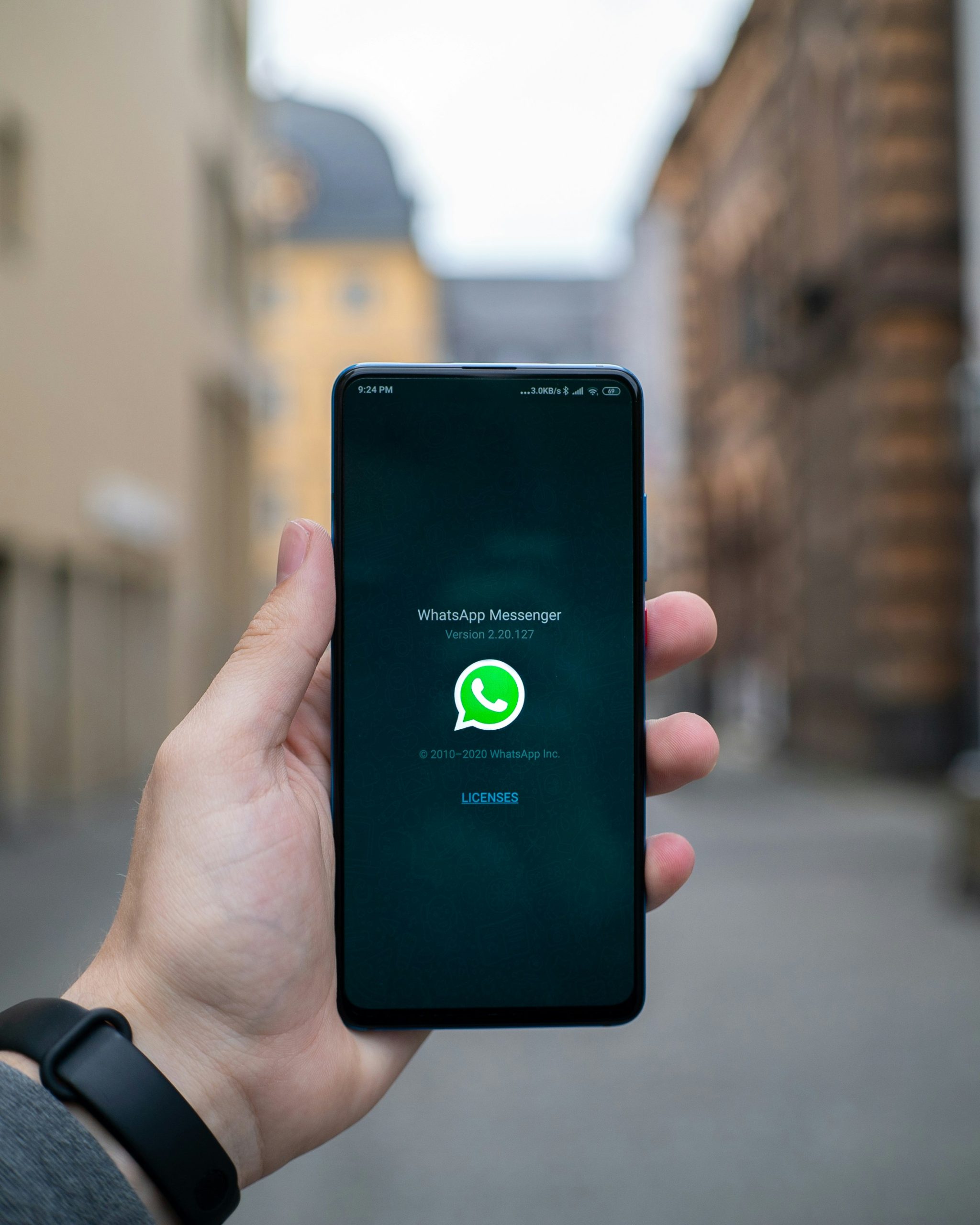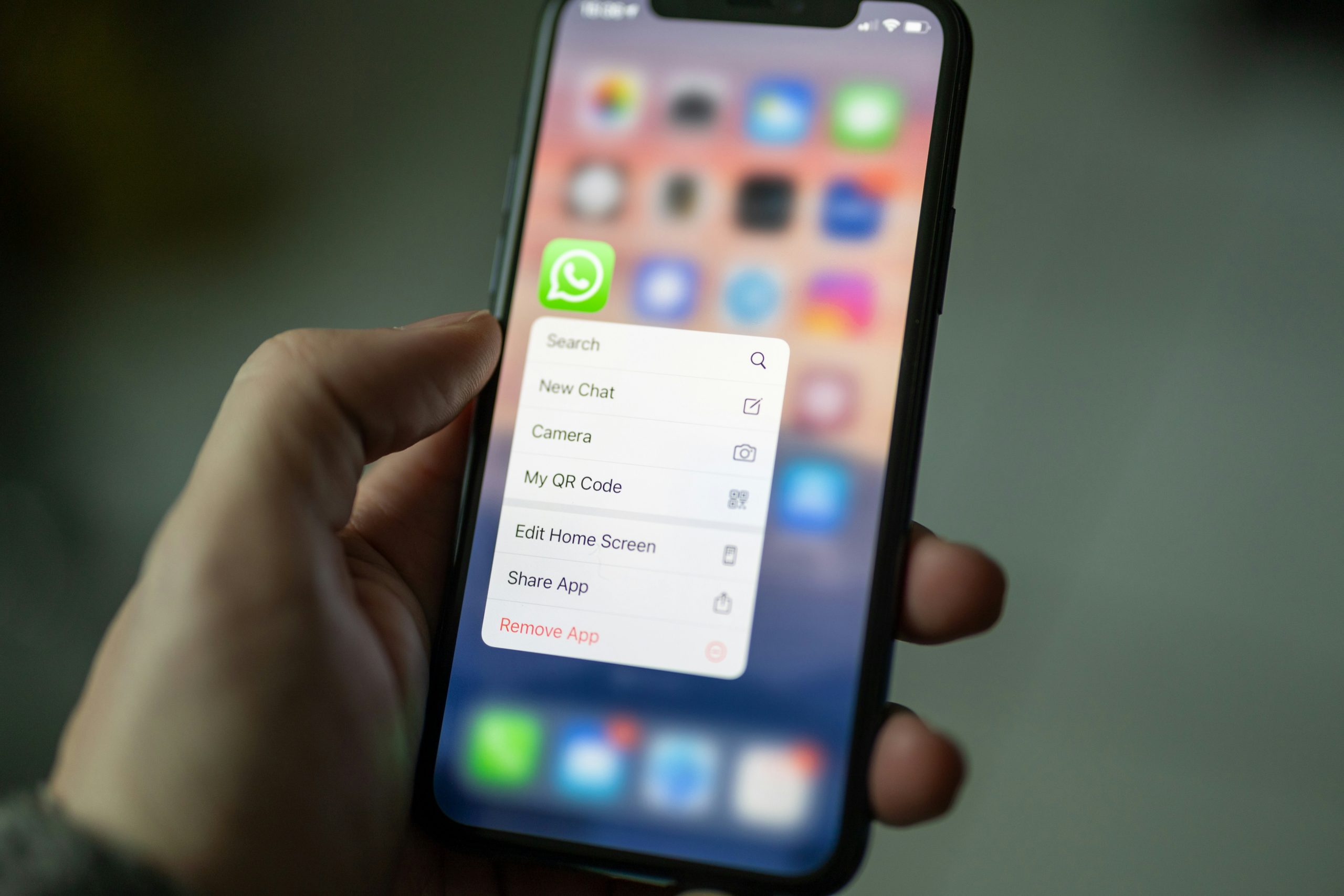The ‘Last Seen’ status in WhatsApp is a feature that displays the last time a user was active on the app. For many, it’s a useful tool to gauge whether someone might be available to respond to messages. However, its accuracy and reliability have often been questioned, leading to curiosity about how this feature works and what factors might affect its precision.

Understanding the ‘Last Seen’ Feature
The ‘Last Seen’ timestamp on WhatsApp indicates the last time a user was connected to the app, whether or not they were actively using it. This time is updated whenever the app is opened on the device, but it does not necessarily mean that the person was interacting with messages or other content within the app.
Factors Affecting the Accuracy of ‘Last Seen’
While the feature is generally accurate, several factors can affect how accurately it reflects a user’s actual online activity:
1. Internet Connection:
– The ‘Last Seen’ status updates based on the device’s connection to the internet. If a user has intermittent or slow internet, the ‘Last Seen’ time might not update promptly. For instance, if a user is in an area with poor connectivity, WhatsApp might not register them as being online until a stable connection is established.
2. Background Activity:
– On some devices, WhatsApp may remain active in the background for a short time even after the user has closed the app. This can result in a ‘Last Seen’ time that is slightly later than when the user actually left the app.
3. Battery-Saving Modes:
– If a device is in battery-saving mode, it might restrict background data or delay app updates, which could impact when the ‘Last Seen’ status is updated.
4. App and Device Performance:
– Delays in updating the ‘Last Seen’ time can occur due to app or device performance issues. Older devices or those running multiple applications simultaneously might not refresh the status as quickly.
5. Manual Updates:
– The ‘Last Seen’ status does not update in real-time with every second that passes but rather at specific intervals when the app detects activity. This can lead to minor discrepancies between when a user was last active and when their ‘Last Seen’ time is displayed.
User Settings and Privacy
WhatsApp allows users to control who can see their ‘Last Seen’ status. It can be set to be visible to everyone, only contacts, or to no one at all. If someone has chosen to hide their ‘Last Seen’ status, others will not be able to view this information, making it impossible to gauge their recent activity.
Additionally, WhatsApp’s privacy settings ensure that if a user chooses not to share their ‘Last Seen’ status, they also won’t be able to see the ‘Last Seen’ statuses of others. This mutual visibility ensures privacy is maintained for those who opt out of sharing their activity.
The ‘Last Seen’ status on WhatsApp is generally reliable, providing a fairly accurate snapshot of a user’s recent activity. However, various factors like internet connectivity, device performance, and app settings can lead to slight discrepancies in the timing.
For those relying on ‘Last Seen’ to gauge someone’s availability, it’s important to understand these potential inaccuracies. While the feature serves its purpose well, it’s not infallible. Users should consider these limitations and use the information cautiously, understanding that the ‘Last Seen’ status might not always perfectly reflect a user’s actual online presence.

